All posts by Bridget Cunningham
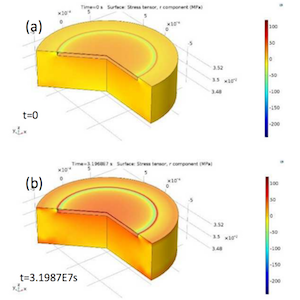
Studying the Influence of Concrete Phenomena on Sensor Performance
Some concrete structures use embedded sensors to monitor their stability, but the concrete itself can interfere with the sensors’ performance. Researchers used simulation to address this issue.
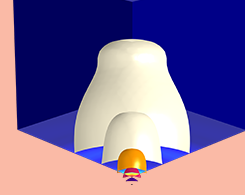
Using Low-Reflecting Boundary Conditions to Model Wave Propagation
Modeling wave propagation can be challenging. You need to balance the size of the computational domain with reflection at the surface boundaries. Low-reflecting boundary conditions can help.
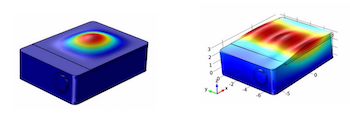
Designing a Sensor Package for a High-G Accelerometer via Simulation
To design a piezoresistive sensor package for a high-G accelerometer, researchers turned to multiphysics analysis. They then verified the simulation results with experimental data.

Happy Birthday, Wilhelm Röntgen
Wilhelm Röntgen, a German physicist, is best known for discovering X-rays. Fun fact: The first X-ray ever taken is of the hand of his wife, Anna Bertha.
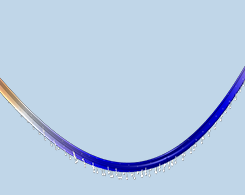
Understand Phenomena in the Viscous Catenary Problem via Simulation
The viscous catenary problem is theoretically and experimentally significant in many industries due to the complex phenomena it entails. Simulation can help us understand this problem.
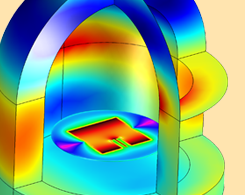
Assessing a Radome Design’s Ability to Improve Antenna Directivity
Bad weather and harsh environmental conditions can negatively effect antenna directivity, and in turn, wireless communication. Using simulation, you can design radomes that improve this quality.

Designing CSRR-Based Sensors to Monitor Chronic Kidney Disease
Chronic kidney disease can be effectively diagnosed, prevented, and treated through the use of noninvasive CSRR-based sensors. Researchers optimized the design of these sensors with simulation.
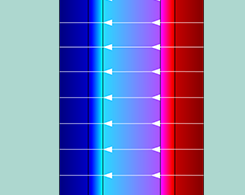
Analyzing Reverse Electrodialysis Units with Multiphysics Modeling
Pass the salt…for a clean energy solution. Salinity gradient power relies on osmosis between fresh- and saltwater to generate power, and simulation can help analyze and optimize such systems.
